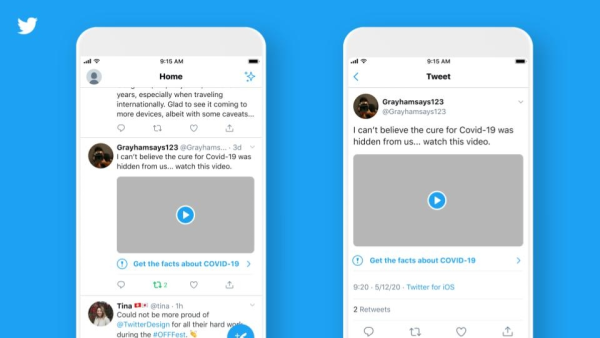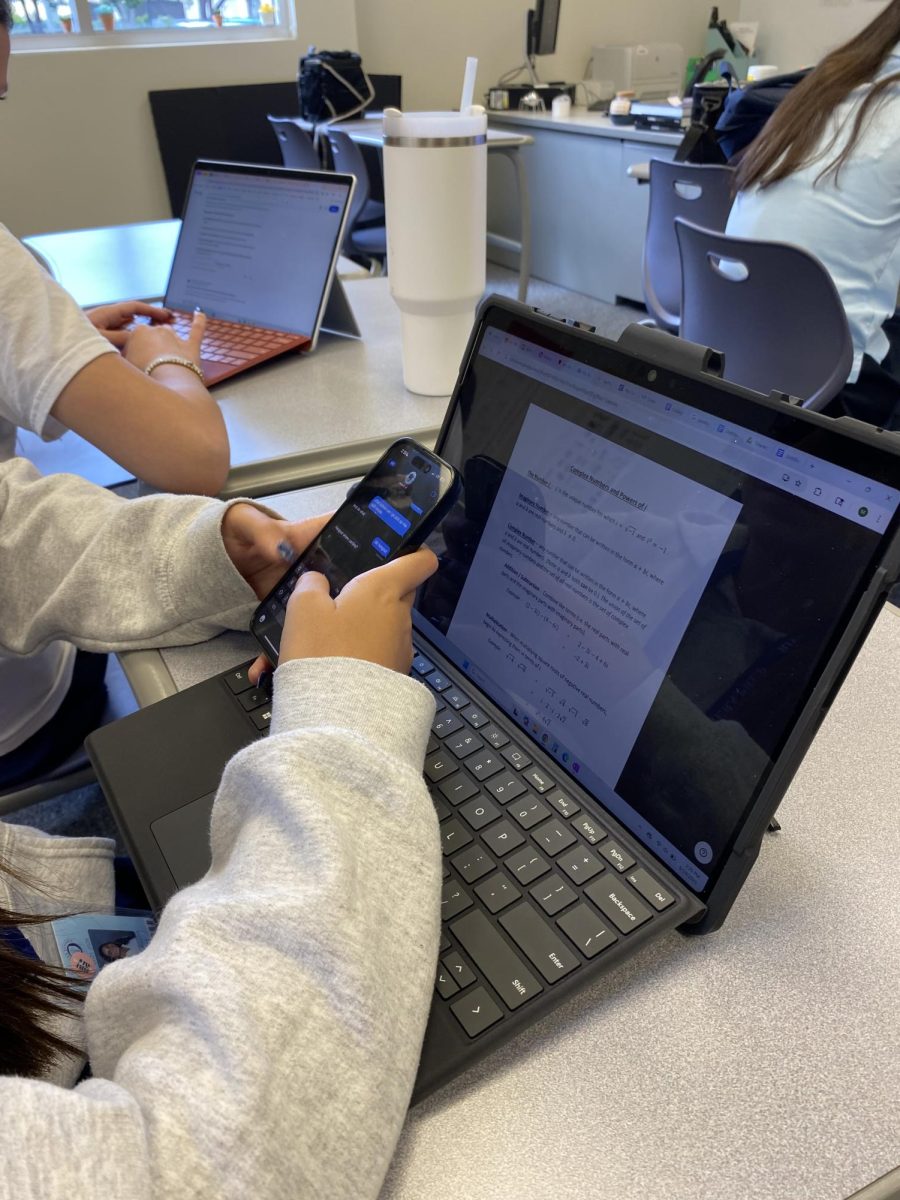Are you sure that article is credible? In today’s day and age, it has become challenging for internet users to decipher between what news is plausible and what is not. According to the University of Michigan, “At its core, we are defining “fake news” as those news stories that are false: the story itself is fabricated, with no verifiable facts, sources, or quotes. Sometimes, these stories may be propaganda intentionally designed to mislead the reader or “clickbait” written for economic incentives (the writer profits from the number of people who click on the story).”
Without realizing it, almost everyone views or reads fake news daily. We sat with a few students and asked them about their experiences seeing fake news on social media.
What is the most common way you see fake news daily?
Emma Grassbaugh shared her frustrations when it comes to staying informed online. “The most common way I see fake news is probably through social media… fake headlines on political issues that are taken way out of context.” Aside from misinformation in the media, Grassbaugh shared her online shopping difficulties. She mentions how she has come across multiple accounts or links that are fake and attempts to scam people by selling clothing and jewelry.
Have you ever not been able to decipher between real and fake news?
Mia Hart gave us insight into her experiences distinguishing between real and fake news. “Definitely. I find that when I am trying to find the difference, it feels like the fake news is so real that it is almost impossible to decipher.”
Next, Sophomore Zaina Abusad said: “Yes, there have been times on social media where I can’t figure out the difference, and even when I am trying to research something for one of my classes, I always have to double-check to ensure that I’m using the correct information and credible websites.”

Did you ever question what you saw or read on an unusual website?
After speaking to a couple of students, we wanted to get an adult’s point of view on this topic. So, we asked one of our wonderful guidance counselors, Caridad Martinez. She said, “Yes, for sure. I tried to use the media bias scale and focus on things in the middle, with the least amount of distortion and allusions, at least when it comes to political or public materials. I think that’s important when trying to find the truth in a topic you are researching.”
So, can we protect ourselves from false news? The answer is yes. You can take five simple steps to determine whether you read fake news.
Confirm the Source
Think to yourself, “Do I recognize this URL?” The website you are looking at should be from an educational institution, government, or credible source URL. A credible source can be defined as a type of source that is written by a trustworthy author and/or organization. You can always check to see when the article was published or updated.
Evaluate the Tone
When people release fake news, they hope to get an emotional response from the reader(s). They will use specific titles and headlines called “clickbait” to draw you into reading their news. As you read a headline or title, think, “What was my initial reaction?”
Find More Than One Source
If you are researching a particular topic, ensure you have more than one source to fall back on for evidence. The source(s) should be from different credible sites or credible news organizations to have different perspectives and sides.
Pay Attention to Small Details
When reading an article, use a critical eye to look out for grammatical errors, incorrect dates, and misspelled words. Look at who the authors are and click on their bios. If they have a bio, read it through and determine whether they have the credibility to speak on that specific topic. It would encompass credibility if the author were highly respected in that field and/or cited their sources correctly. The sources should be listed at the end of an article under references, footnotes, or endnotes. Lastly, the author should be writing from a non-biased, objective standpoint.
Assess the Content
The last thing to consider is the purpose of the written information. Did the author have a certain spark or reason to write this article? There is always a difference between humorous writing and factual writing. By using these specific steps to avoid reading and using false information, we can work towards decreasing fake news throughout social media and news outlets. It is imperative to remember that not everything you read online is accurate; therefore, you must always remain alert to have the ability to spot fake news.
By using these specific steps to avoid reading and using false information, we can work towards decreasing fake news throughout social media and news outlets. It is imperative to remember that not everything you read online is accurate; therefore, you must always remain vigilant to spot fake news.































Linda Halton • Nov 14, 2023 at 6:44 pm
An excellent article especially during these dangerous times of misinformation and outright lies…kudos to the author for the concise and helpful way to navigate todays news stories in all forms ..